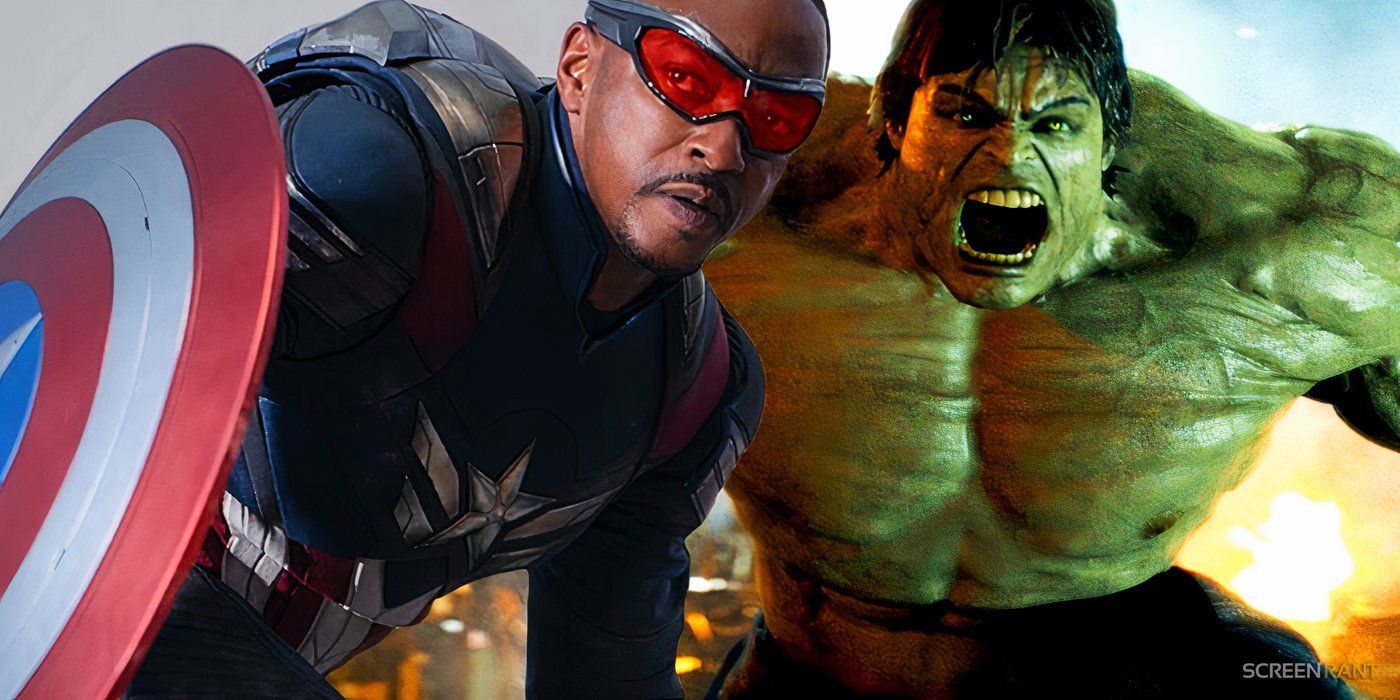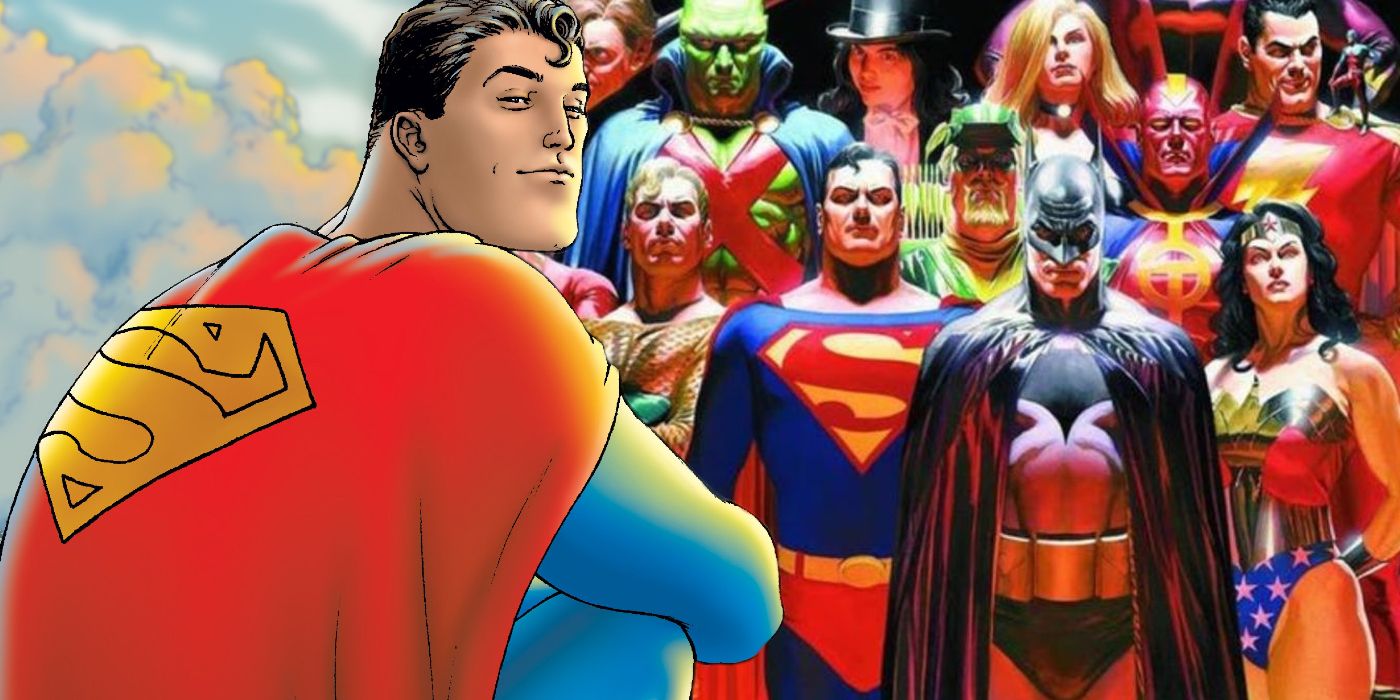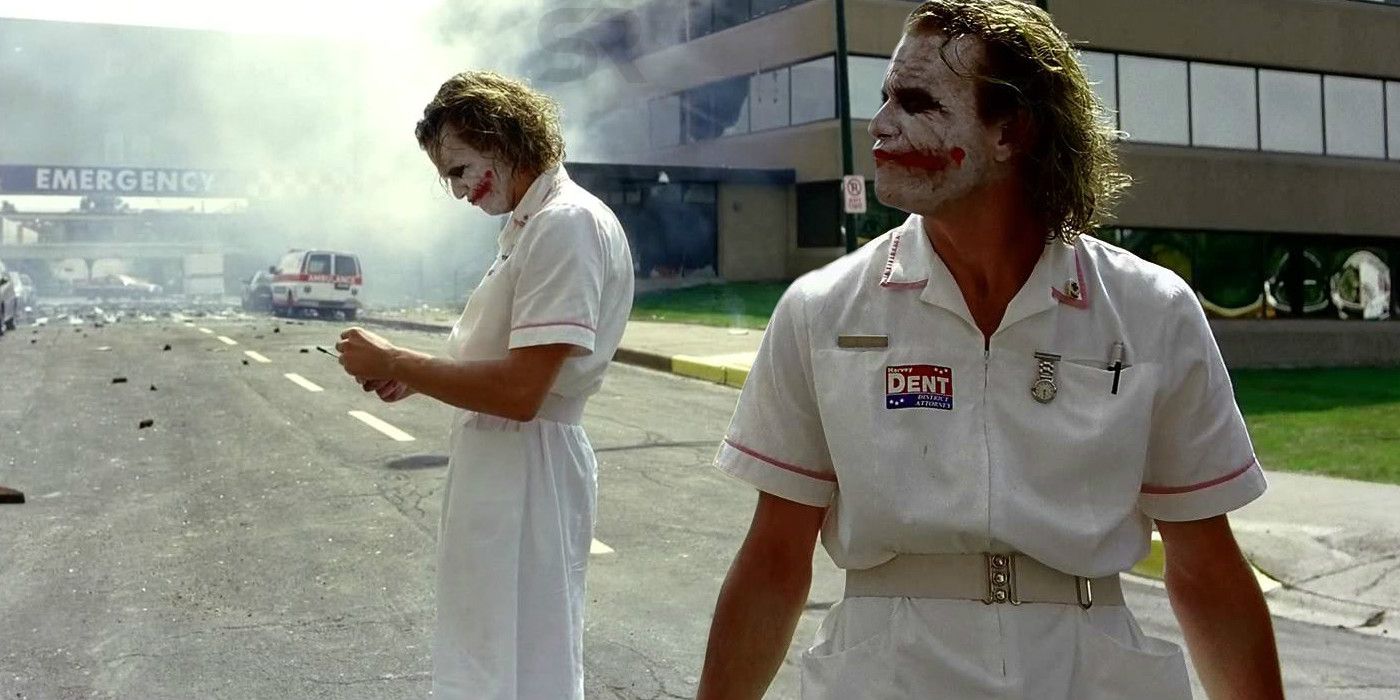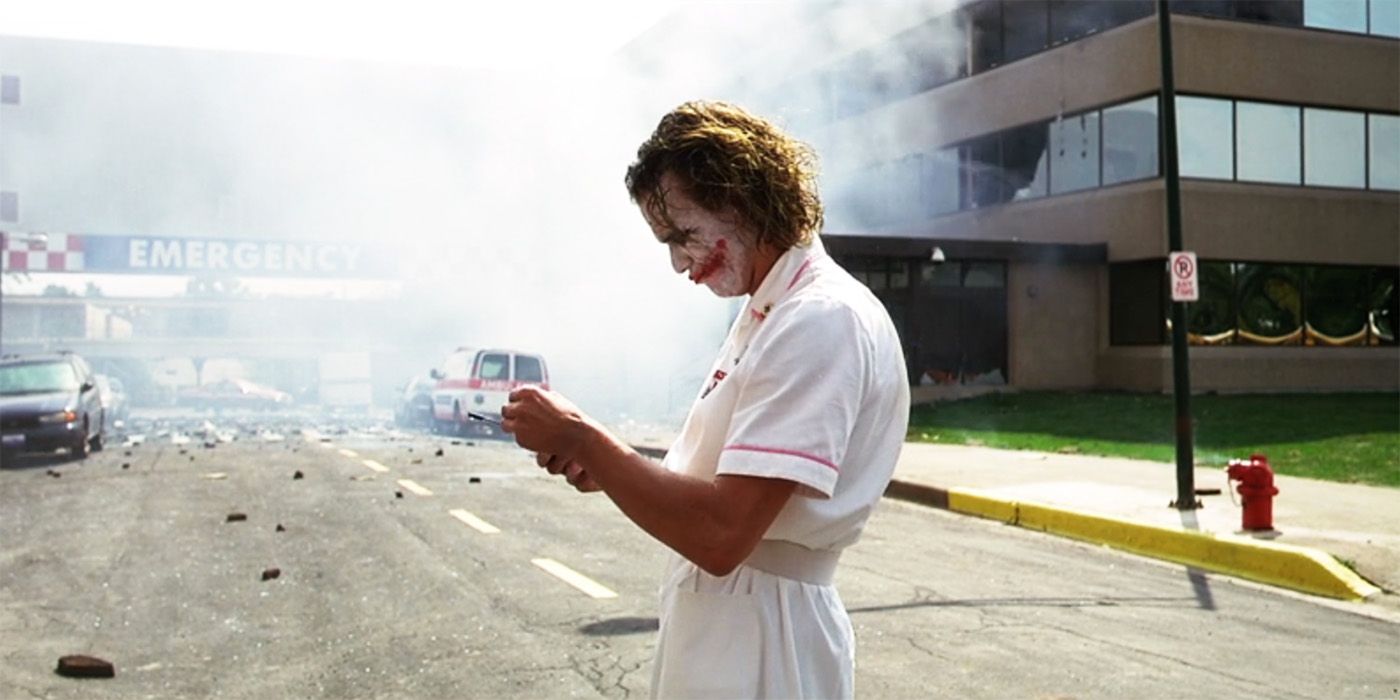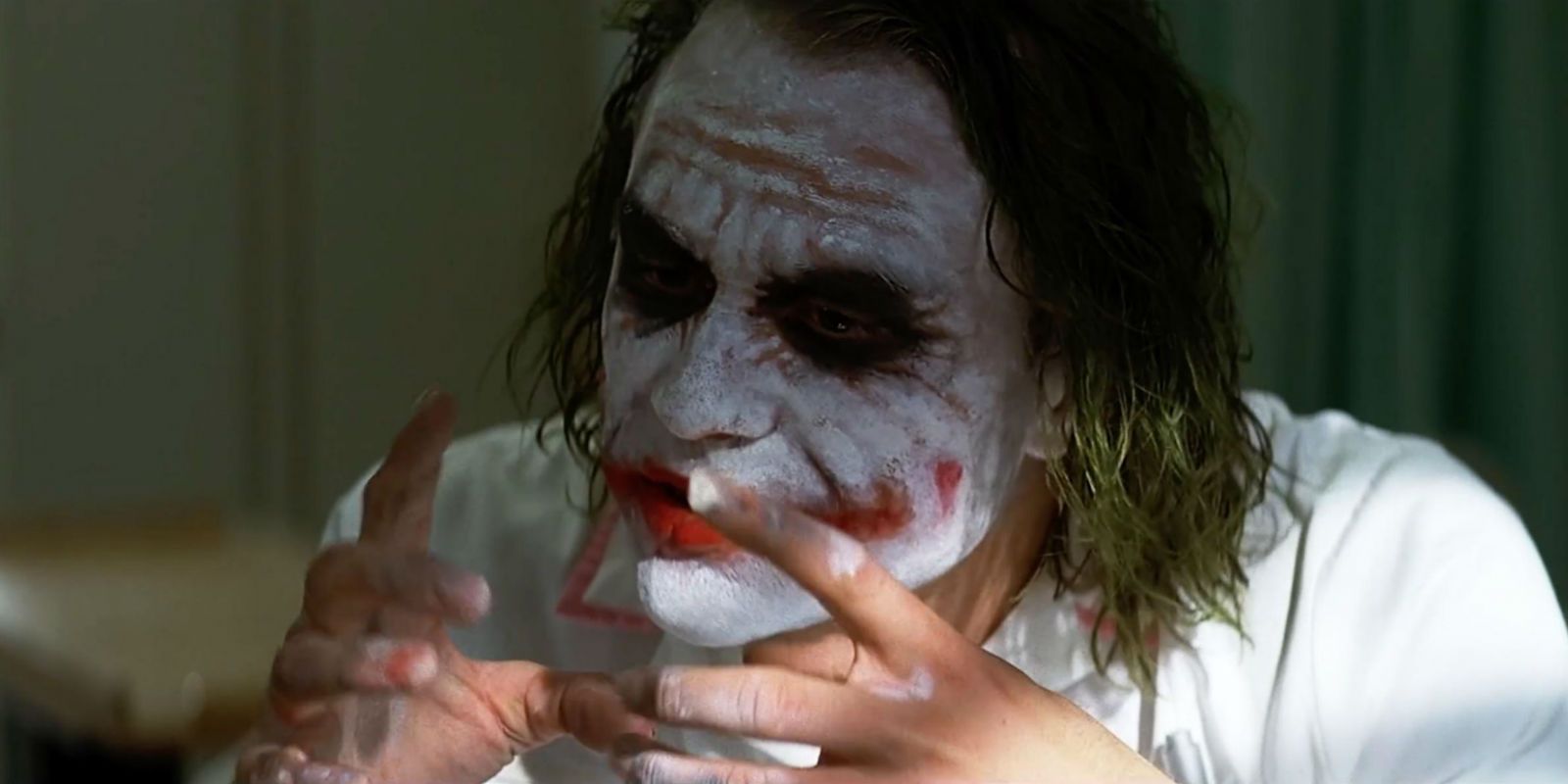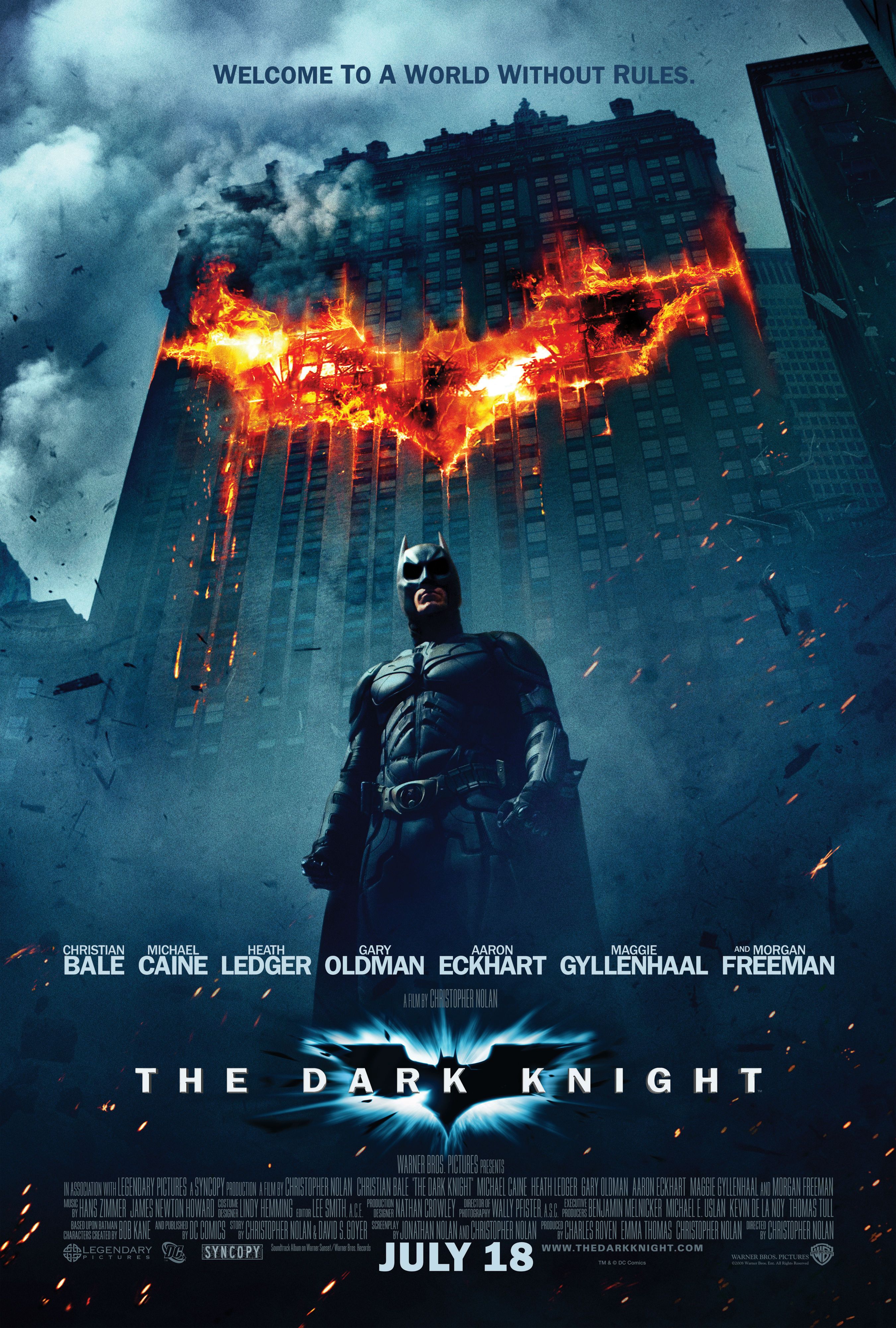Summary
- The Dark Knight's hospital explosion scene was not improvised; it was carefully planned by Christopher Nolan and his team.
- Heath Ledger's Joker was meticulously crafted with input from the actor on everything from makeup to dialogue delivery.
- Ledger's impact on The Dark Knight went beyond acting, as he even shot a solo segment of the film himself for authenticity.
There has been some confusion over whether or not a moment in The Dark Knight was improvised by Heath Ledger, and here's the truth about the Dark Knight hospital explosion scene. Heath Ledger undoubtedly became the most talked-about element of the epic 2008 superhero movie, and the actor posthumously won the Academy Award for Best Supporting Actor for his role as the Clown Prince of Crime. The actor went against type to play Joker and, to everyone's surprise, absolutely disappeared into the role. In the years since The Dark Knight's release and the devastating loss of Ledger, his work as Joker has only continued to be highlighted.
Thanks to quotable lines, his maniacal laugh, and a variety of meme-inspiring moments, Ledger's Joker has remained a big part of fandom over a decade later. However, as unbelievable as the performance is, Heath Ledger's improvisation skills in The Dark Knight have been overblown thanks to an internet myth. The scene in question is the famous Joker hospital scene when the entire building explodes after bombs are detonated by Joker. Nolan famously was allowed to blow up an actual building for this scene it looked authentic, but this also meant that he had one shot at getting it right, and that led to the famous Dark Knight hospital explosion myth.
The Dark Knight Hospital Moment Was Supposedly Improvized
The Hospital Moment Created A Popular Rumor
The unreliable narrator aspect of Dark Knight's Joker has manifested online and has turned what was a planned sequence into an example of Ledger's improvisational skills on display. The Joker hospital scene shows the character exiting the hospital as bombs explode and never cuts away until Joker gets on the bus to leave. However, Joker is momentarily confused when not every charge goes off, only to be startled when the final big explosions take place. Ledger has been credited for this moment and it was believed that the Oscar-winning actor improvised the confusion, which is certainly believable given how Jokeresque it seems, but that isn't close to the truth.
The Dark Knight Hospital Moment Was Planned All Along
The Dark Knight Hospital Scene Was By No Means Improvized
For years, the Dark Knight hospital explosion confusion has been attributed to Ledger's improv abilities, knowing that he needed to stay in character until the scene was completed. The fidgeting was believed to be a spur-of-the-moment decision and Joker's genuine surprise. However, this is the widespread myth about the Joker hospital scene from The Dark Knight. In reality, the pause was planned by Nolan as a means to do the scene practically and keep Ledger safe. Nolan confirmed this to be the case in the special feature Gotham Uncovered: Creation of a Scene, which was part of The Dark Knight's home release. Here's what he said:
[Special effects supervisor Chris Corbould] was able to come up with a scenario in which Heath could actually be walking out of the building because what Chris worked out is if we put in a little beat where the first set of explosions stops as if something's gone wrong, and the Joker just takes a second to look around surprised like the audience is surprised, then the major demolition comes in and he jumps straight into the school bus. In that way he was able to come up with a practical scenario in which we could actually take a principal actor, walk him out of a building that's about to be destroyed, and literally drop the building to the ground.
Although the idea that Ledger managed to save a broken scene does make for a great story or piece of trivia about The Dark Knight, it is definitively not true. Not only was the Dark Knight hospital explosion executed exactly as Nolan and his team wanted, but it also followed extensive practice. A sequence of this size and precision could not be done well or safely without rehearsals. This way, everyone on the set was on the same page.
Nolan also mentioned that the team "rehearsed endlessly with Heath that morning" for the scene - a comment that makes sense based on the intricacy of the movie moment, but that contrasts very intensely with the idea that it was an off-the-cuff part of the plot. The director went on to say that "we walked him out, got him to do exactly what he was going to do, with Chris Caldwell calling the explosions and when they would take place. We rehearsed it I think about 12 times."
In fact, the Dark Knight trilogy director revealed that the process of making the scene was even more intensive than even all this suggests, as Ledger's rehearsal footage was then poured over by Nolan and the team, who no doubt used the actor's practice takes as a way of seeing what angles would work best for the final product. Nolan's discussion even came with a 3d model of the Joker in a rendition of the scene, seemingly setup beforehand to replicate what the explosion would look like behind him before the scene itself was shot practically.
Between all of this and the creator's praise for Ledger's final take - which he describes as incredibly precise by even his own standards - it's clear why the end product was so refined that audiences would be able to mistake it for a true-to-life performance. Ultimately, this stands as a testament to just how believable the scene is in terms of its twist, even if the reality was far more organized than the rumors.
Other Ways Heath Ledger's Performance Impacted The Joker
Heath Ledger's Joker Input Made The Dark Knight's Villain Truly Iconic
While Ledger's acting prowess leading to a moment so real that it tricked audiences into believing it was is perhaps one of the most interesting ways that he defined the role, it is by no means the only major impact he had on how the Joker was perceived by audiences. Christopher Nolan has repeatedly emphasized that Ledger had a remarkable grasp on how to reimagine the iconic DC villain for a fresh new world, and the actor himself stated that upon first talking to the director he felt their interpretations of where to take the character matched.
Ledger also reportedly played a role in the visuals for the character, working with makeup artist John Caglione to produce the distinctive disheveled facepaint look that immediately defines The Dark Knight's Joker - with Ledger applying the makeup himself in character at points in the creation process to add a further sense of legitimacy to the performance. The actor influenced Joker's wardrobe as well, approving and discussing elements of the costume and thus factoring them in to how he approached the internal mindset of the character down to the finest detail.
This nuance is also reflected in Ledger's verbal acting, which sees him consistently add unique and distinctive vocal quirks to add extra dimension to dialogue and heighten anticipation for his longer speeches and monologues. The novel delivery given to the Joker underlines how hard to pin down and enigmatic this iteration of the Clown Prince Of Crime even when he is outright explaining parts of his plans, and is to some degree the most vital and impactful aspect of the performance, based on how iconic several Joker lines in The Dark Knight remain to this day.
Heath Ledger even outright filmed a small segment of the movie by himself, as the camera footage in The Dark Knight wherein the Joker makes his demands from what appears to be a handheld camera were revealed to have been shot by the actor himself. Recording this solo not only allowed Ledger time to focus on his performance by himself, but also adds a certain authenticity to the scene akin to what audiences believed they saw in the hospital explosion, giving a unique charm to this version of the Joker that makes him arguably the most popular iteration years later.




